If you’ve started looking at snares and are a bit worried about the price tags you’re seeing, we’re here to let you know that you can absolutely find a quality snare drum cheap. There are plenty of budget options for different sounds and playstyles when it comes to snare drums.
In this article we will cover:
- Snare Overview – what makes a good snare drum
- Buying Guide – what to look for and where you can save
- Top Picks – our reviews of top budget snare drums
Snare Drum Overview – What Makes a Good Snare Drum
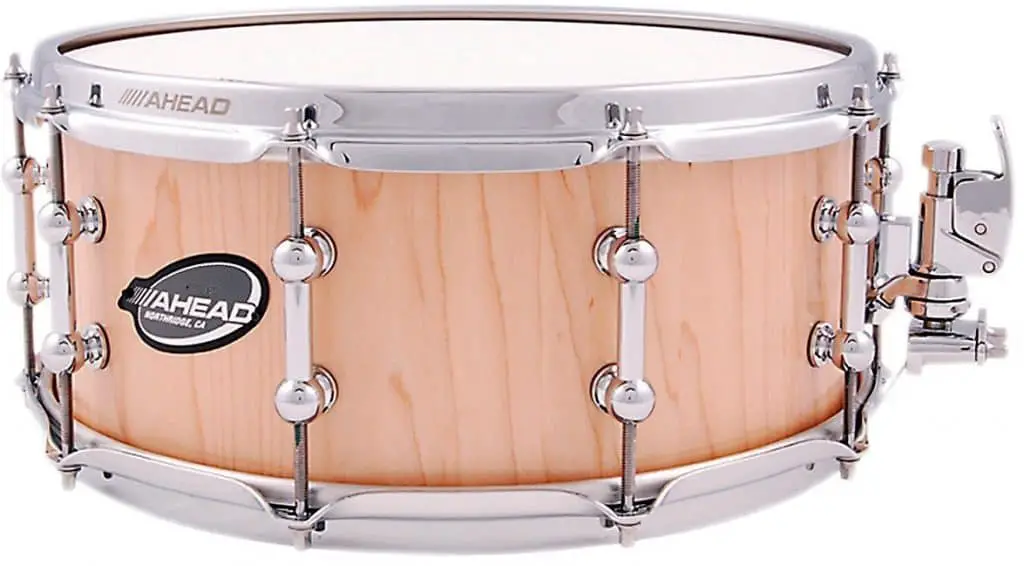
Snares serve a cornerstone of most drum beats by dominating the mid to high frequencies and accenting key downbeats with their signature cracking sound. A good snare cuts to the front of the noise, and works with the base drum to give a solid, full foundation to any drum part.
A few key technical factors allow the snare to create this unique sound. Snares are typically tuned the tightest of any drum, and have small beads (snare wires) on the resonant head which give the snare it’s cracking sound. They’re typically wider and a bit more shallow than toms. They also commonly (though not always) have a coated batter head.
Now we will cover the different parts that make up a snare drum, along with how they affect key aspects like sound, durability, and feel to give you an idea of what to look for when purchasing a snare drum.
Snare Drum Wood
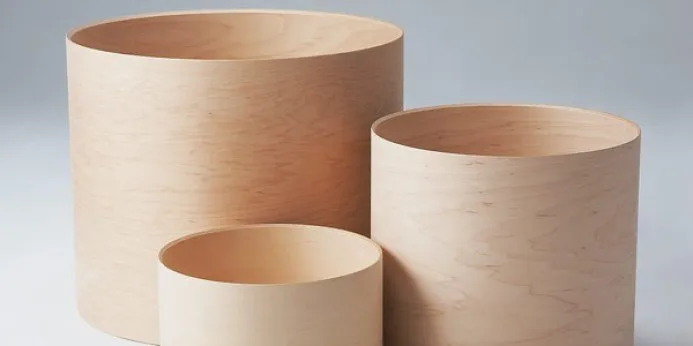
There aren’t any poor sounding woods, or woods that you would want to avoid when purchasing a snare. There are more expensive woods, mainly due to the lower availability and more distinct sound they produce. Note that there are also metal snares (steel snare drum, brass snare drum, etc.) I honestly have never played these and can’t really comment on them. Here is a quick rundown of the different snare woods:
More Expensive Snare Drum Woods (typically $300 – $500):
Mahogany – Warm and punchy, boosted lows and mids
Maple – Clear and balanced, even frequency distribution with slightly boosted lows
Oak – Strong, boosted highs
Beech – Similar to maple, but with boosted high frequencies for more cut
Less Expensive Snare Woods (typically $100 – $200):
Birch – Bright and Crisp, strong projection and tone due to boosted lows and highs
Poplar – Similar to birch, but less boosted and more evenly distributed frequencies
Snare Rim Hoops
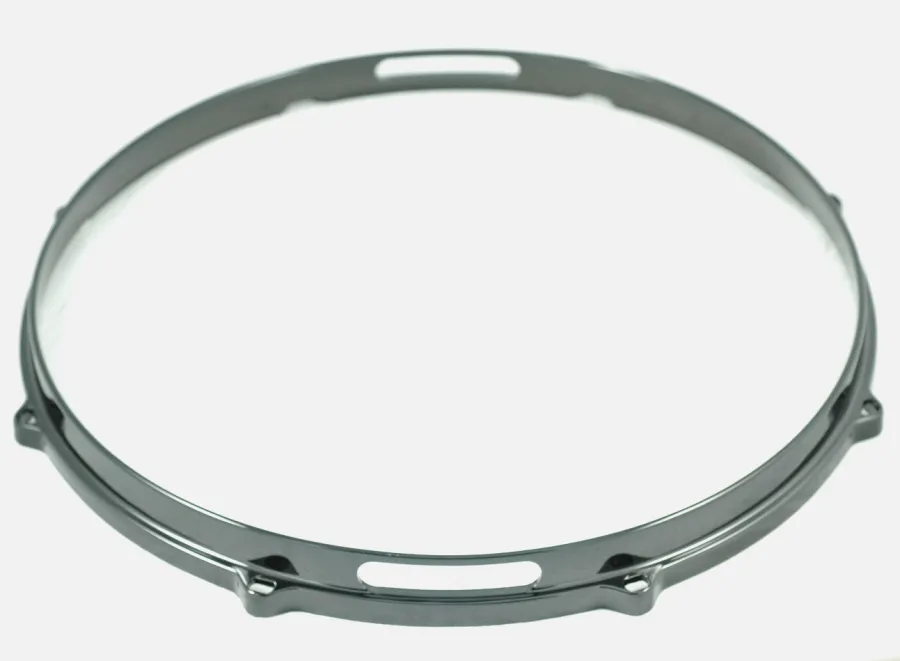
Rim hoop styles aren’t going to make a huge difference in price or sound quality if you’re looking at budget options. Really this is more of a consideration if you’re really looking to get into the weeds of customizing the sound of your snare drums. that being said, we will quickly review a few common types of rim hoops.
Die Cast Hoops – Thicker and stronger, produces a sharper, shorter, more aggressive bell like tone
Triple Flanged Hoops – Thinner and more flexible, produces a longer, richer, more harmonic tone
S Hoops – Similar to die cast hoops, but with more mid and low range for a deeper attack
Snare Shell Size (Diameter, Depth, and Thickness)
Diameter – Smaller diameter shells will sounds brighter and thinner with a focus on high frequencies. Larger diameters will sound deeper and lower.
Depth – Depth determines the body or fullness, and sustain of the drum. Deeper drums will have a fuller, richer sound and longer sustain.
Thickness – Thicker drum shells (typically this means more plies, however this isn’t always the case) are going to produce a higher tone and better projection. Thinner shells will resonate better and have deeper, darker tones.
Snare Heads
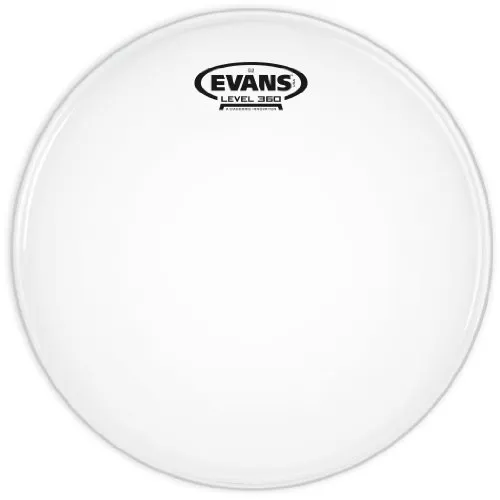
All drums have two heads, the batter head (the one you strike) and the resonant head (the other one). When you tune the drums, you’re increasing or decreasing the tension of both of these heads. When you strike the drum, air is compressed based on the tension of both heads, creating vibrations that are reflected back ultimately creating sound. Well, it’s a little more complicated than that, but for the purpose of this article it isn’t really important. The main takeaway is that the drum heads play a major role in shaping the sound of your drums. While tuning is important, there are also some additional drum head characteristics that will affect the sound of your drums.
Thickness – Similar to drum shell thickness, drum heads also have thickness (single ply or double ply in the case of snares). Thickness here functions similarly to drum shell thickness, thinner heads (single ply) resonate better, produce a higher pitch and bring out more overtones. thicker heads (double ply) are more durable, and have a shorter sustain and less overtones.
Coated vs Clear – The only drum head where you’ll typically see a coated batter is for snare drums.
The Rest of the Snare (Not Super Important)
I wouldn’t pay much attention to the additional parts of the snare drum unless you are buying used. If that is the case I would just check each of these to make sure they aren’t damaged and seem to be functioning properly.
Snare Wires – The beads on the bottom of the resonant head that give the snare it’s crack
Tension Rods – When you use your drum key to tune the drums, these are the rods that you’re actually tightening
Throw Offs and Butt Plates – The mechanism that let’s you turn the snare wires on and off
Snare Drum Buying Guide – Where You Can Save
Now that we’ve reviewed the different parts of the snare drum, let’s talk about what you can skimp on to save money and still get a good sound.
Stick to Poplar and Birch
While the price range for all types of wood is pretty huge, you’ll generally pay a few hundred less for birch and poplar snare drums than you would for other types of wood. As stated in the last section you can still get a great sound out of birch and poplar snare drums, especially if they’re tuned properly. You might be sacrificing some mid level frequencies, but this isn’t a huge deal as long as you aren’t looking for a very specific, professional level sound.
Avoid Die Cast Hoops
Die cast hoops will typically be more expensive than the flanged or S hoops. Again, you can still get great sound out of flanged or S hoops, they just aren’t quite as durable and have different sound profiles.
Replace Stock Heads
While this is definitely a debated topic among the drum community, I think replacing stock heads with heads from some of the professional makers (Remo, Evans, etc.) provides a huge return on the price you pay. Replacing the heads costs about ~$30-$40 per drum (less if you replace a whole kit at once). In my opinion, a $150 snare drum with high end drum heads sounds comparable to a $400 or $500 snare drum with stock heads.
The Best Snare Drums for Drummers on a Budget
Now let’s get into some of our top pics for great snare drums that won’t break your bank. I don’t think there really is a “best snare drum overall”, it’s more about finding the best snare drum for your specific style and preferences. With that in mind, we’ve broken out a few options and reviewed what each snare drum does well.
Pearl M80 Snare Drum – Best Overall for Beginners

The Pearl M80 is surprisingly well made drum given it’s miniscule price tag. It’s a compact snare, at only 10 x 4″, and is made from poplar wood with triple flanged hoops. It has a very bright, snappy sound with concentration in the mid and high frequency ranges. It resonates quite well and overall has a nice aggressive snare tone. As an added bonus, it comes with a lifetime Pearl warranty.
Sound Percussion Labs 468 Series – Most Versatile
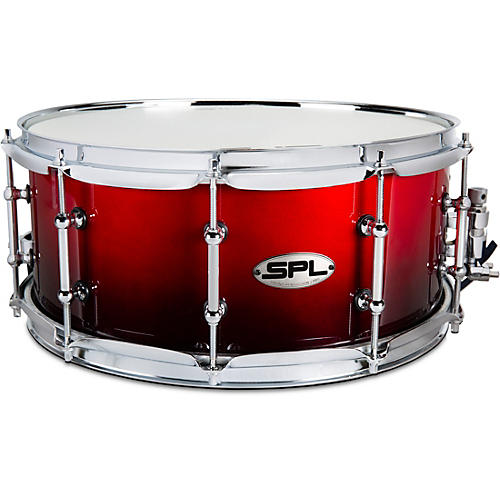
The Sound Percussion Labs 486 is a 14″ diameter snare that comes with 4″, 6″, and 8″ depth options for added versatility. The snare itself is made of 6 ply poplar wood with triple flanged hoops. The sound is deep and balanced, with great projection and attack.
Tama Woodworks 14 x 8″ Snare Drum – Best Budget Rock Snare
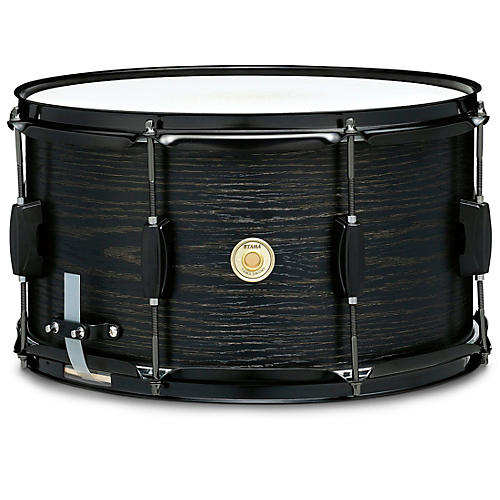
The Tama Woodworks is a deep 8 ply poplar snare with triple flanged hoops and a black matte finish. The snare drum sounds fat, deep, and warm, with balanced frequencies and enough attack to make it perfect for different rock styles. However, being a relatively balanced snare it’s pretty versatile and I could see it being used for a variety of different styles. For the price you pay this is a great addition to any budget setup.
Yamaha Stage Custom Birch Snare – Best Tone Quality
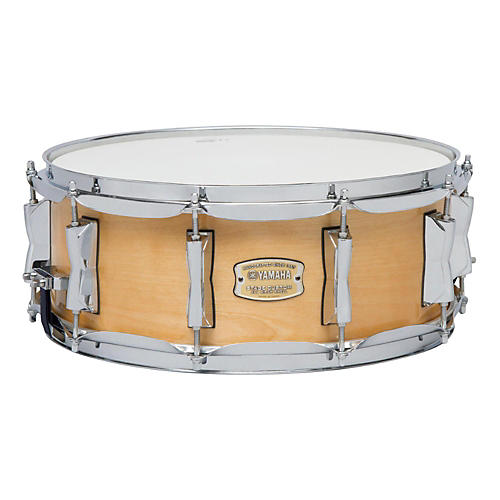
We actually did a separate review of the entire Yamaha stage custom series, so if you’re looking for a great drum kit you can check that out. The snare itself is 14 X 5.5″ and made of 6 ply birch wood with triple flanged hoops. It has a very crisp, warm tone that projects clearly and doesn’t contain the “boxiness” that most budget snares do. Would definitely recommend this if you’re looking for a cheaper snare to gig with.
Pearl Vision Birch Snare – Best Attack
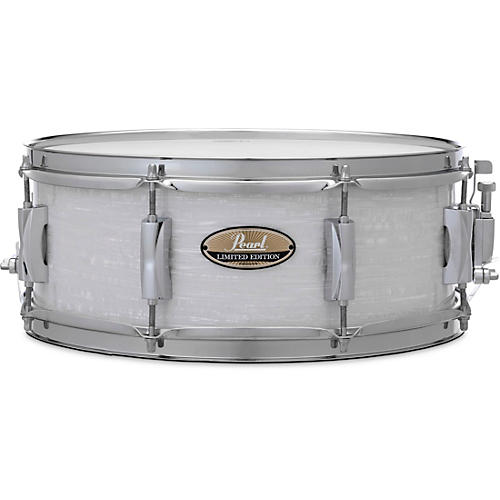
The Pearl Vision Birch is another 14 x 5.5″ birch snare with a ton of snap. If you’re looking for a classic crisp snare sound, the Pearl vision is a cheap snare drum that delivers. As with all Pearl products, this one is also covered by the Pearl lifetime warranty.
Conclusion
Hopefully this article helped give you a good idea of what to look for when buying a snare, where you can save, and a few decent options to start looking at in terms of a great budget snare drum. We have plenty of other drum content, feel free to check it out if this wasn’t what you were looking for.

